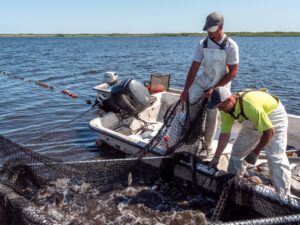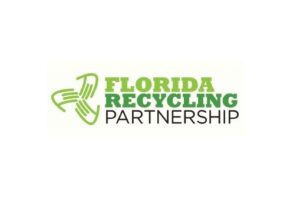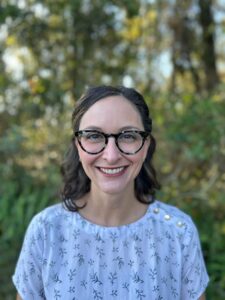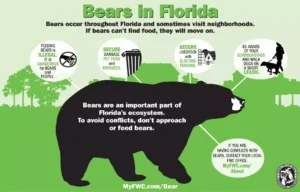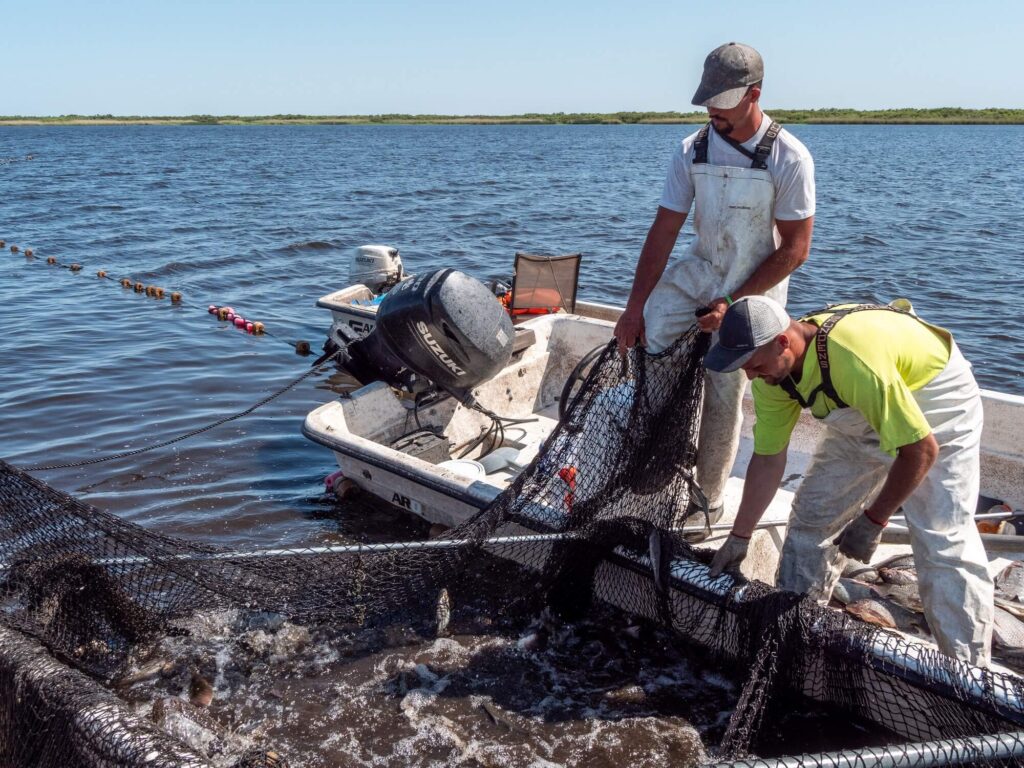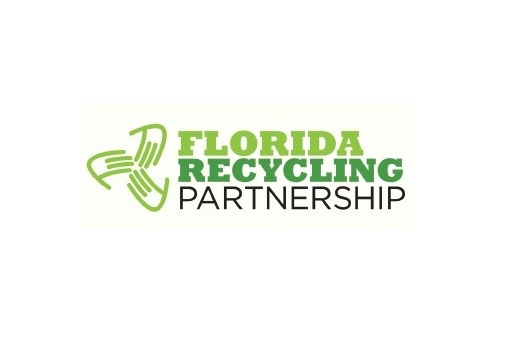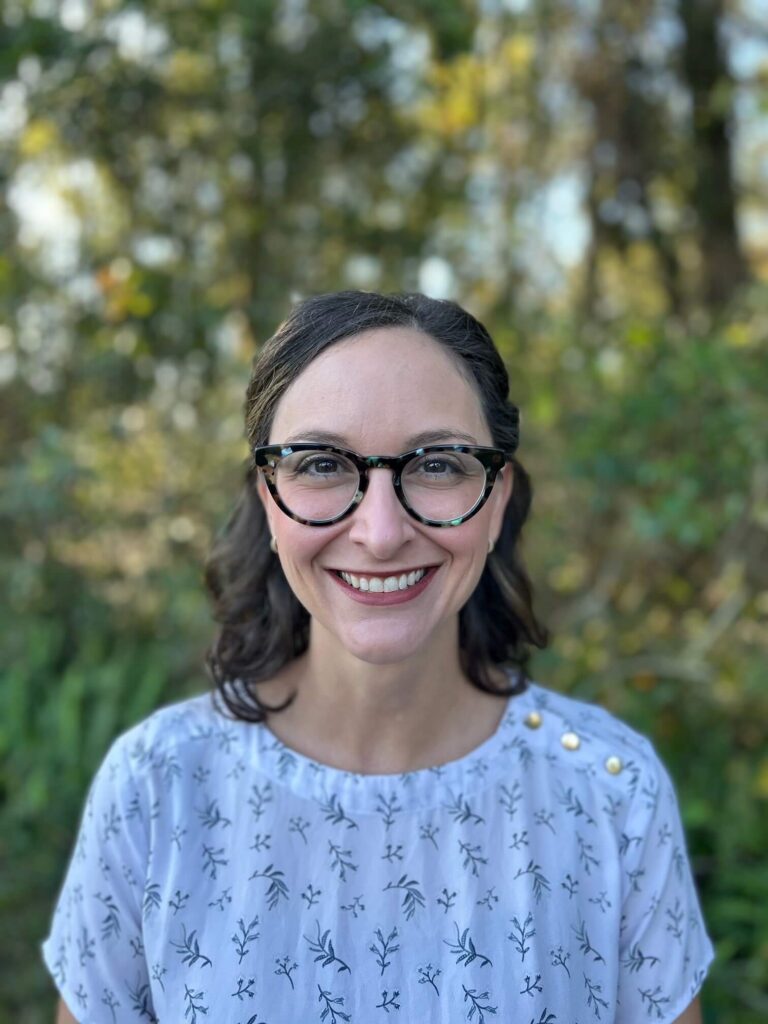
Madison Trowbridge, Ph.D.
Springs Scientist
Southwest Florida Water Management District
Q: What is a spring?
A spring occurs when groundwater that is under pressure flows through natural cracks in the aquifer and creates a natural opening in the ground. The pressure causes the water to flow from the aquifer to the earth’s surface. Our groundwater is the result of seasonal rainfall that soaks into the ground and into the aquifer. Springs can occur as an individual vent but more often as many spring vents, known as a spring group.
Q: What is a springshed?
A springshed is an area of land that captures rainwater and supplies the groundwater to a spring. A springshed can be quite large. For example, the Rainbow Springs Group has a springshed that covers several hundred square miles and extends into three counties. The water travel time in a springshed to the spring can vary from hours to several decades, but this water will eventually flow out of the spring vent. It is often said that a spring is only as healthy as its springshed because actions that occur many miles away can have a direct effect on the health of the spring and the water flowing from it.
Q: Why are springs important?
Florida’s springs and their associated rivers and bays provide ecological, economic, recreational, and aesthetic value to the state. A spring’s rivers and bays can provide activities like swimming, kayaking and nature watching, to name a few. The Florida Springs Coast provides the largest natural warm water refuge in the United States for the Florida manatee, with seasonal numbers in the hundreds. People come from around the world to visit these gentle creatures, resulting in a large economic impact for the surrounding communities.
Q: What makes a healthy spring?
Characteristics of healthy springs include the quantity of flow, water chemistry (especially the amount of nutrients), and the type and amount of aquatic vegetation, and fish and wildlife present. Levels of spring flow affect the appearance and the ecology of the rivers and bays that are fed by these springs. Spring flow is influenced by rainfall and water use within the springshed. Desirable types and amounts of aquatic vegetation provide habitat for fish and wildlife, help remove excess nutrients from the water and improve water clarity by filtering particles.
Q: How can I help protect Florida’s springs at home?
Springs are often called windows to the aquifer because the water that flows out of them came directly from the aquifer, and therefore should be protected. What we do in the springshed impacts the springs even if we don’t live close to a spring. Limit fertilizer use, because excess fertilizer can seep into the aquifer. Inspect your septic tank every few years as tanks that are not properly maintained can pollute the aquifer. Never dump anything down a storm drain and always dispose of grass clippings, litter, motor oil, and pet waste properly to avoid these items entering stormwater ponds. Encourage a native plant buffer zone between your lawn and the shoreline to help filter stormwater if you live along a water body. Always dispose of hazardous household chemicals such as industrial cleaners, solvents, automotive fluids and paints at an approved facility. Remember that if hazardous contaminants seep into the aquifer, both our drinking water and springs can be impacted.
Q. How can I help protect Florida’s springs while visiting them?
While swimming and snorkeling, please make sure to avoid disturbing the plants and wildlife. Try to stay in your vessel, if possible.Don’t climb trees or use rope swings as these can damage the shoreline vegetation. And always remember to pack out all your trash. Help us protect our springs!
Q. Where can I learn more about springs?
More information about springs within the Southwest Florida Water Management District are available on our website atWaterMatters.org/Springs.
Dr. Madison Trowbridge is the Springs Scientist and the Springs Team Lead for the Southwest Florida Water Management District. She holds a Ph.D. in Cell and Molecular Biology from the University of South Florida and her doctoral research focused on subsurface microbial ecology near Weeki Wachee.

